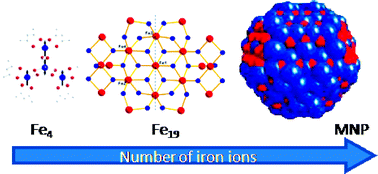Single crystal EPR study at 95 GHz of a large Fe based molecular nanomagnet: toward the structuring of magnetic nanoparticle properties†
Abstract
A W-band single-crystal

* Corresponding authors
a
Dipartimento di Chimica “U. Schiff” and UdR INSTM, Università di Firenze, Via della Lastruccia 3-13, Sesto Fiorentino, Italy
E-mail:
lorenzo.sorace@unifi.it, maria.fittipaldi@unifi.it
b Institute of Inorganic Chemistry, Karlsruhe Institute of Technology, Germany
A W-band single-crystal

 Please wait while we load your content...
Something went wrong. Try again?
Please wait while we load your content...
Something went wrong. Try again?
L. Castelli, M. Fittipaldi, A. K. Powell, D. Gatteschi and L. Sorace, Dalton Trans., 2011, 40, 8145 DOI: 10.1039/C1DT10311C
To request permission to reproduce material from this article, please go to the Copyright Clearance Center request page.
If you are an author contributing to an RSC publication, you do not need to request permission provided correct acknowledgement is given.
If you are the author of this article, you do not need to request permission to reproduce figures and diagrams provided correct acknowledgement is given. If you want to reproduce the whole article in a third-party publication (excluding your thesis/dissertation for which permission is not required) please go to the Copyright Clearance Center request page.
Read more about how to correctly acknowledge RSC content.
 Fetching data from CrossRef.
Fetching data from CrossRef.
This may take some time to load.
Loading related content
